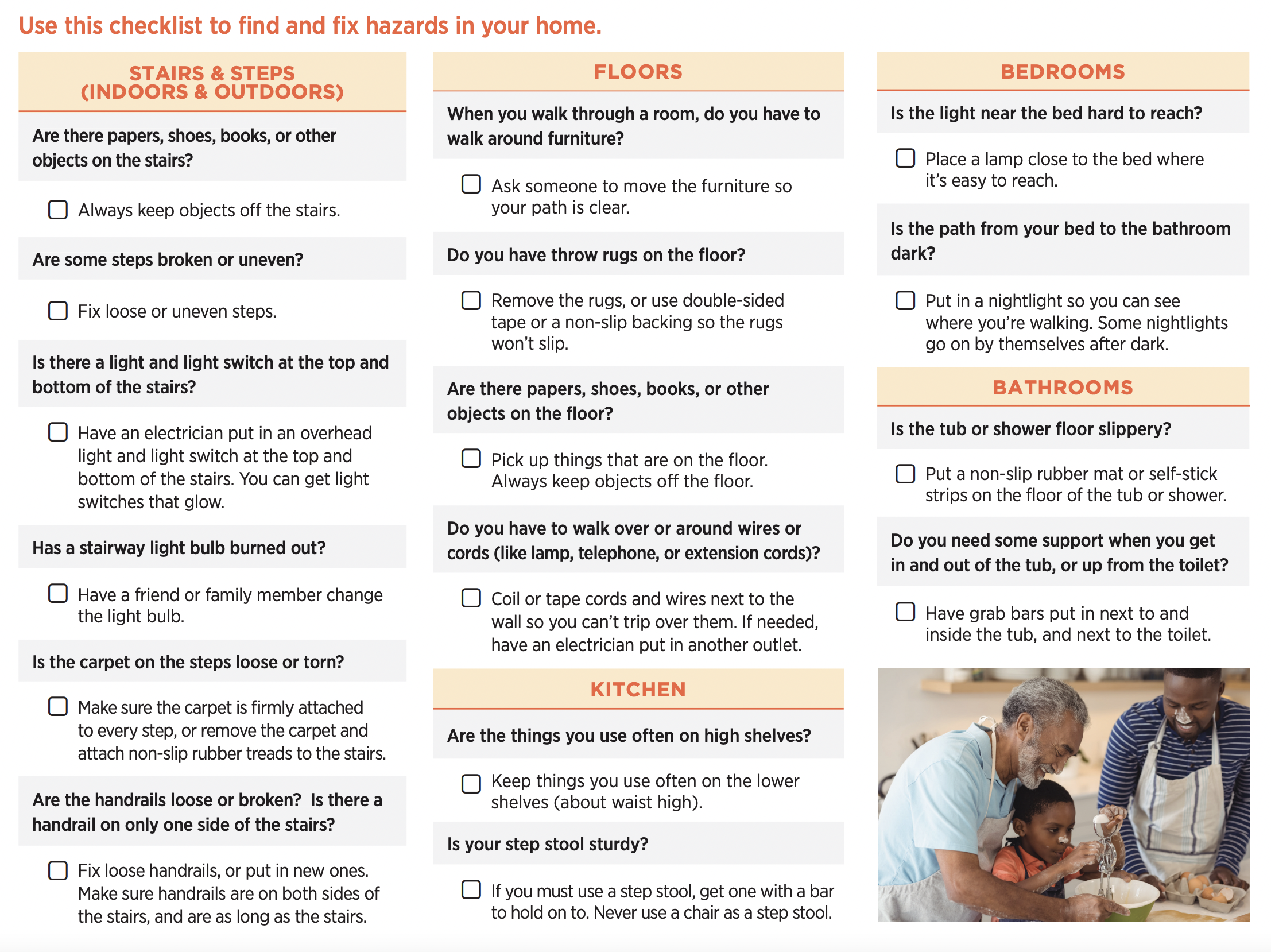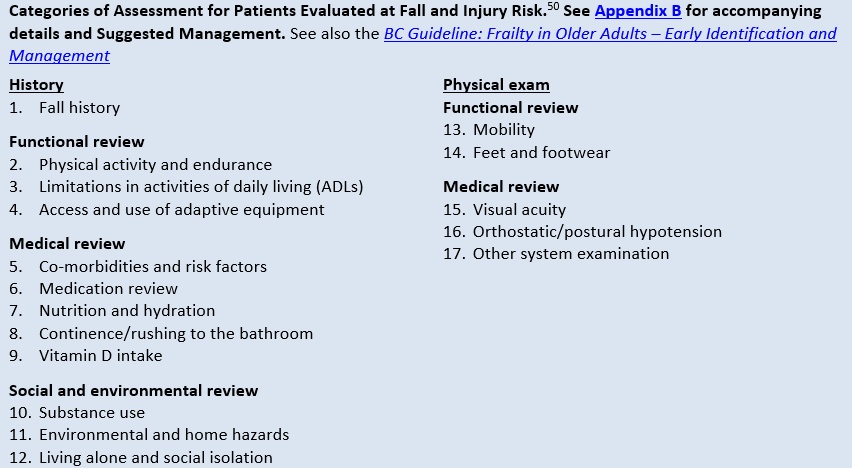Indicators on Dementia Fall Risk You Need To Know
Table of ContentsFacts About Dementia Fall Risk RevealedThe Single Strategy To Use For Dementia Fall RiskWhat Does Dementia Fall Risk Do?Excitement About Dementia Fall Risk
A loss threat evaluation checks to see exactly how most likely it is that you will drop. It is mostly done for older adults. The evaluation usually consists of: This includes a series of inquiries regarding your overall health and if you've had previous falls or problems with equilibrium, standing, and/or walking. These tools evaluate your toughness, balance, and stride (the way you walk).Treatments are recommendations that may reduce your threat of dropping. STEADI consists of 3 actions: you for your risk of falling for your threat variables that can be improved to attempt to stop drops (for instance, equilibrium problems, impaired vision) to reduce your risk of falling by making use of effective methods (for instance, supplying education and sources), you may be asked several questions consisting of: Have you dropped in the past year? Are you worried concerning falling?
If it takes you 12 seconds or even more, it may indicate you are at greater danger for a fall. This test checks strength and balance.
The settings will get harder as you go. Stand with your feet side-by-side. Relocate one foot halfway onward, so the instep is touching the huge toe of your other foot. Relocate one foot completely before the various other, so the toes are touching the heel of your other foot.
Getting My Dementia Fall Risk To Work
Most drops occur as an outcome of several contributing aspects; as a result, managing the threat of falling starts with determining the variables that contribute to fall threat - Dementia Fall Risk. Several of the most appropriate risk factors consist of: History of previous fallsChronic clinical conditionsAcute illnessImpaired gait and balance, lower extremity weaknessCognitive impairmentChanges in visionCertain high-risk medicines and polypharmacyEnvironmental aspects can likewise raise the threat for falls, consisting of: Inadequate lightingUneven or damaged flooringWet or unsafe floorsMissing or damaged handrails and grab barsDamaged or incorrectly equipped devices, such as beds, wheelchairs, or walkersImproper use assistive devicesInadequate supervision of individuals living in the NF, including those who exhibit aggressive behaviorsA successful autumn danger management program requires a complete scientific analysis, with input from all participants of the interdisciplinary group

The treatment plan should additionally consist of interventions that are system-based, such as those that advertise a secure atmosphere (suitable lights, hand rails, order bars, and so on). The effectiveness of the treatments should be examined regularly, and the care plan changed as essential to mirror changes in the loss danger assessment. Implementing an autumn risk administration system using evidence-based ideal technique can reduce the occurrence of drops in the NF, while restricting the possibility for fall-related injuries.
Rumored Buzz on Dementia Fall Risk
The AGS/BGS guideline suggests screening all adults matured 65 years and older for fall danger annually. This testing contains asking individuals whether they have actually fallen 2 or even more times in the past year or looked for clinical focus for a fall, or, if they have actually not fallen, whether they really feel unstable when walking.
People who have fallen when without injury must have their equilibrium and stride assessed; those with gait or equilibrium abnormalities need to obtain extra assessment. A background of 1 fall without injury and without gait or equilibrium issues does not necessitate additional analysis past continued annual fall danger screening. Dementia Fall Risk. An autumn danger blog evaluation is required as part of the Welcome to Medicare evaluation

The Basic Principles Of Dementia Fall Risk
Recording a drops background is among the quality signs for autumn prevention and administration. A critical part of risk assessment is a medication evaluation. Several courses of medicines boost fall threat (Table 2). Psychoactive medications specifically are independent forecasters of falls. These medicines have a tendency to be sedating, modify the sensorium, and hinder balance and gait.
Postural hypotension can usually be minimized by decreasing the dose of blood pressurelowering drugs and/or quiting medicines that have orthostatic hypotension as an adverse effects. Use of above-the-knee assistance pipe and copulating the head of the bed boosted may likewise decrease postural decreases in high blood pressure. The advisable components of a fall-focused health examination are displayed in Box 1.

A pull time greater than or equivalent to 12 seconds recommends high autumn risk. The 30-Second Chair Stand examination evaluates reduced extremity stamina and equilibrium. Being not able to stand from a chair of knee elevation without utilizing one's arms suggests raised autumn threat. The 4-Stage Equilibrium test examines static balance by having the person stand in 4 settings, each progressively a lot more tough.
Comments on “3 Easy Facts About Dementia Fall Risk Shown”